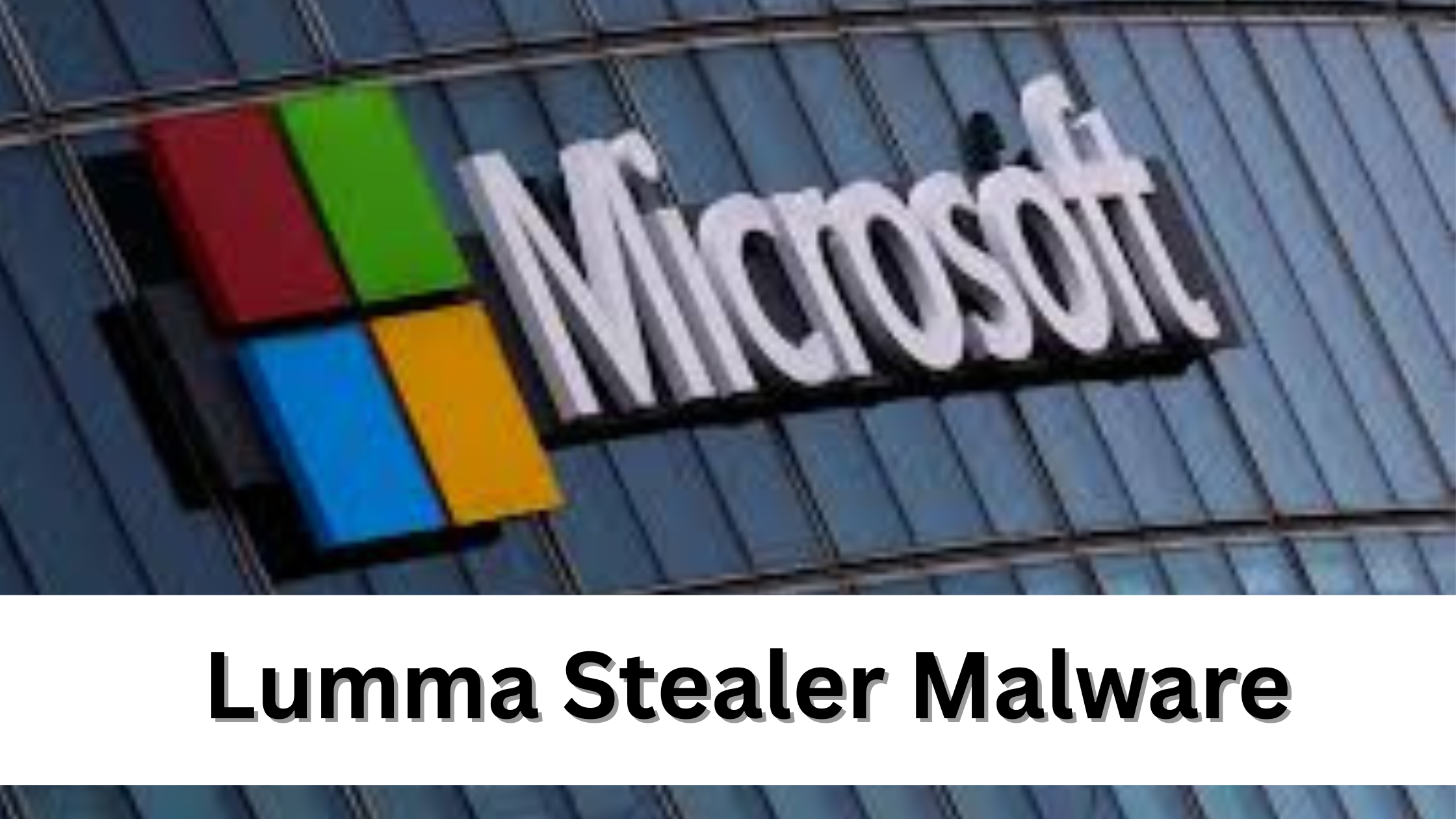Microsoft’s DCU and Allies Strike Lumma Stealer

Microsoft’s Digital Crimes Unit (DCU), working alongside international law enforcement agencies, has successfully dismantled the Lumma Stealer Malware network, stopping its global cybercrime operations. The coordinated operation focused on disabling command-and-control servers, seizing domains, and disrupting affiliate channels, preventing cybercriminals from continuing data theft. This effort underscores the importance of cross-border collaboration and public-private partnerships in mitigating sophisticated malware threats worldwide.
Overview and Capabilities of Lumma Stealer Malware
Lumma Stealer Malware is a sophisticated infostealer targeting Windows systems, designed to exfiltrate credentials, browser cookies, cryptocurrency wallets, and autofill data. Its modular design allows cybercriminals to deploy customized versions for specific objectives, making it highly flexible and effective. Operated under a malware-as-a-service (MaaS) framework, affiliates could rent or deploy the malware to profit from stolen data. Furthermore, Lumma Stealer Malware can deliver secondary payloads, including ransomware or remote access trojans, increasing its potential impact on users and organizations.
Primary Attack Vectors
The malware used multiple infection methods to compromise systems. Phishing emails, masquerading as legitimate communications, tricked users into executing malicious files. Malvertising campaigns redirected users to compromised websites, and fake software updates delivered payloads. Windows tools like PowerShell and mshta.exe were leveraged for stealthy execution. Anti-emulation techniques, domain rotation, and obfuscation allowed Lumma Stealer Malware to evade detection, making it persistent across infected systems.
Global Reach and Consequences
Lumma Stealer Malware infected hundreds of thousands of devices globally, including North America, Europe, Asia, and Latin America. Compromised devices were used to exfiltrate financial, personal, and corporate information. Estimates suggest millions of systems may have been affected during the malware’s active lifecycle. Its extensive reach highlights the efficiency of the MaaS model and underscores the serious threat posed to organizations and individuals worldwide.
Legal and Technical Measures Implemented
Microsoft obtained court authorization through civil lawsuits to seize and redirect domains critical to the malware’s operations. U.S. and international authorities assisted in executing these orders, disabling command-and-control servers and affiliate platforms. Over 2,000 domains were seized or redirected to Microsoft-controlled sinkholes, allowing monitoring of residual activity and preventing further exploitation. This combination of legal and technical measures ensured effective neutralization of the malware network.
International Law Enforcement Collaboration
The takedown involved coordination among Europol, the U.S. Department of Justice (DOJ), and Japan’s cybercrime units. These authorities collaborated with Microsoft to identify servers, suspend domains, and remove affiliate accounts. The global effort ensured comprehensive disruption of the malware network and demonstrates the importance of cross-border collaboration in addressing cybercrime with international reach.
Support from Private Cybersecurity Firms
Private cybersecurity companies were integral in tracking, analyzing, and mitigating Lumma Stealer Malware. ESET examined thousands of malware samples to identify command-and-control servers and affiliate networks. Cloudflare and CleanDNS suspended malicious domains and enforced DNS protections. Security vendors contributed real-time telemetry, threat intelligence, and monitoring, enhancing public sector efforts. Public-private collaboration ensured a swift and coordinated response to neutralize the malware network.
Residual Risks Post-Takedown
Despite the successful disruption, residual risks persist. Malware affiliates may attempt to rebuild infrastructure or develop new variants using decentralized command architectures. Infected systems may still harbor dormant malware components, requiring ongoing monitoring, patching, and remediation. Organizations must maintain layered defenses, including endpoint security, threat intelligence, and employee awareness programs, to minimize exposure and prevent reinfection.
Recommendations for Organizations and Users
Organizations should implement multi-factor authentication, endpoint protection, and timely system updates to reduce vulnerabilities. Phishing awareness campaigns and simulated attacks enhance resilience against social engineering threats. Monitoring network activity, integrating threat intelligence feeds, and promptly remediating compromised systems are critical to maintaining cybersecurity. Cooperation with law enforcement and cybersecurity vendors enhances preparedness and accelerates response to emerging threats.
Future Outlook
The dismantling of Lumma Stealer Malware demonstrates the effectiveness of global collaboration but emphasizes the need for continuous vigilance. Cybercriminals may develop decentralized networks, encrypted communications, or novel delivery methods to evade detection. Security professionals must proactively share intelligence, implement adaptive strategies, and continuously monitor systems to mitigate emerging threats. Ongoing monitoring, technological innovation, and international cooperation are essential to safeguard users worldwide.
Read Full Article : https://bizinfopro.com/news/it-news/microsoft-and-global-authorities-dismantle-lumma-stealer-malware-network-2/
About Us : BizInfoPro is a modern business publication designed to inform, inspire, and empower decision-makers, entrepreneurs, and forward-thinking professionals. With a focus on practical insights and in‑depth analysis, it explores the evolving landscape of global business—covering emerging markets, industry innovations, strategic growth opportunities, and actionable content that supports smarter decision‑making.
- Art
- Causes
- Crafts
- Dance
- Drinks
- Film
- Fitness
- Food
- Games
- Gardening
- Health
- Home
- Literature
- Music
- Networking
- Other
- Party
- Religion
- Shopping
- Sports
- Theater
- Wellness



